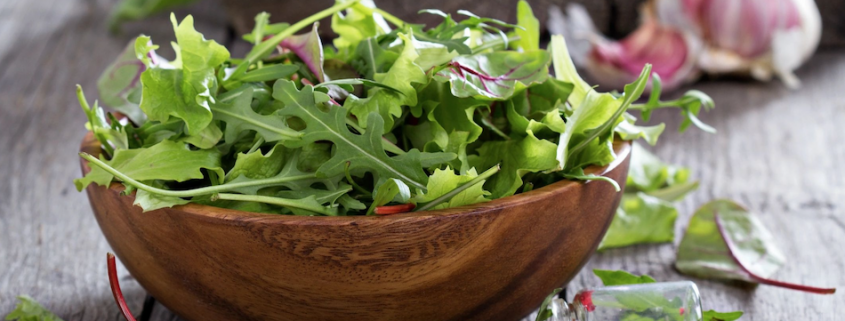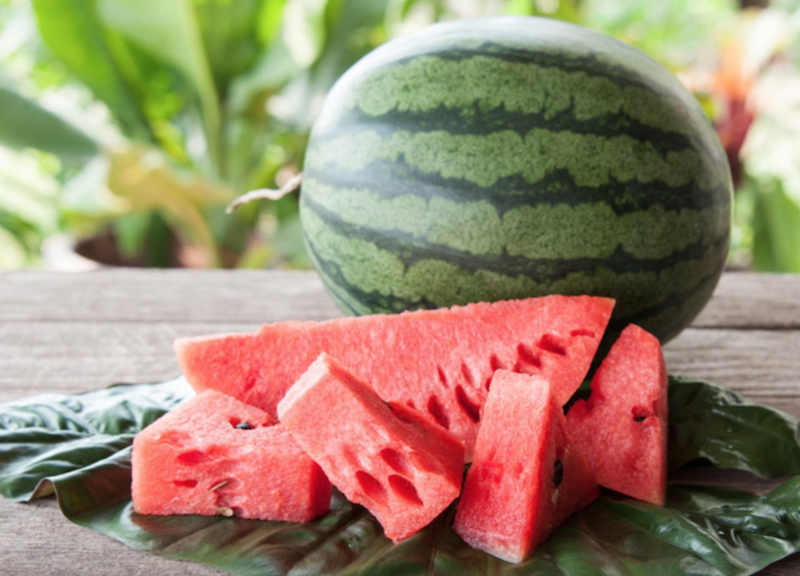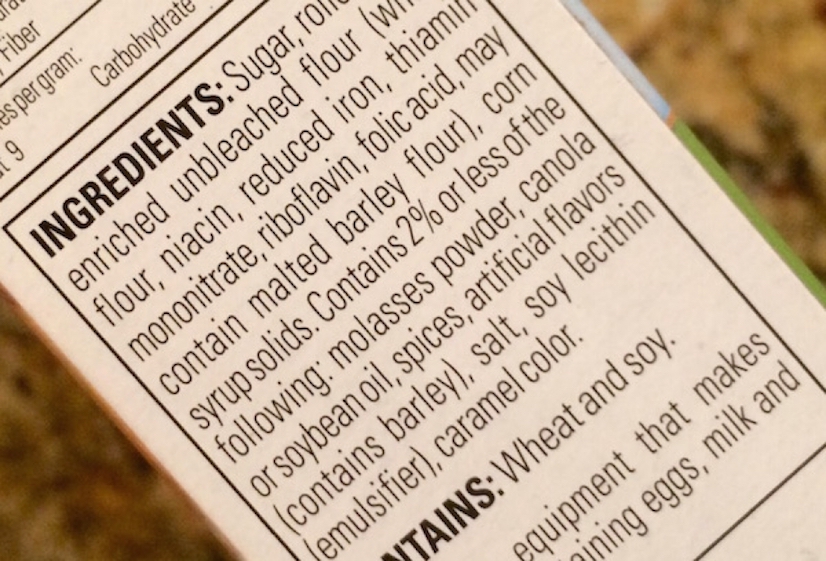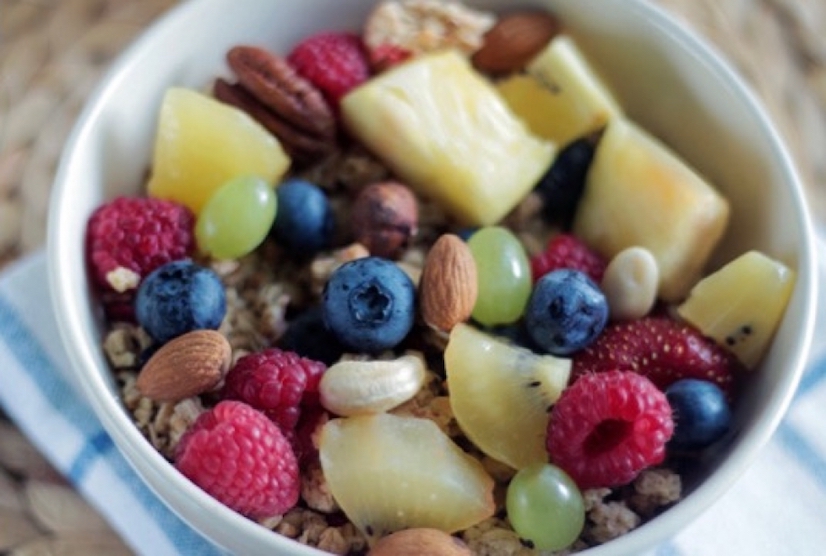The U.S. Food and Drug Administration (FDA) and Centers for Disease Control and Prevention (CDC) have once again warned Americans to stay away from romaine lettuce due to its potential contamination with E. coli. This time around the warning specifically includes all types of romaine harvested from California such as whole heads of romaine, hearts of romaine, and packages of precut lettuce and salad mixes that contain romaine such as baby romaine, spring mix, and Caesar salad.
When all is said and done, for many, romaine might actually become the new beef.
Now, being a lover of all things salad, romaine lettuce is a primary ingredient in over a dozen of my favorite blends. So, needless to say, the initial warning did set my meal planning back a bit. Luckily, I know of plenty leafy green alternatives to romaine, many of which I’ve already shared with inquisitive clients, family members, and friends. In case you’re nervous about missing out on your Caesar salads and such, here are six tasty alternatives I recommend trying.
RECIPE: The Ultimate Salad for People Who Hate Salads
1. Bok Choy
Whenever I’m looking to add variety to salads, fresh juices or smoothie blends, I generally use Bok choy in place of other leafy green vegetables. It’s also quite the versatile ingredient for soups, stews, omelets, and stir-fried dishes. Also known as Chinese cabbage, Bok choy looks a lot like romaine on the top but looks more like large celery on the bottom. Though it’s green and leafy, Bok choy is more properly classified as a cruciferous vegetable (or “crucifer”).
Like other cruciferous vegetables, Bok choy contains large quantities of isothiocyanates and indoles, both of which are powerful cancer-fighting phytonutrients also known to have anti-inflammatory effects. It also contains a wholesome blend of vitamin A (as beta-carotene), vitamins C and K, folate, calcium and other potent micronutrients and antioxidants that are especially beneficial for disease prevention and overall good health.
RECIPE: Herb-Crusted Wild Salmon with Sautéed Bok Choy and Mushrooms
2. Leaf Lettuce
Similar to romaine, leaf lettuce is most often used in salads and on sandwiches and also makes for great lettuce wraps. It is mild and slightly nutty in flavor with crunchy ribs and soft leaves. Often referred to as loose-leaf lettuce, it comes in green, red and mixed-leaf varieties. While all varieties contain hefty doses of key vitamins and minerals, the greener or more colorful the leaves, the more health-promoting nutrients they contain.
For instance, the anthocyanins that give red leaf lettuce its distinct color are actually antioxidants that have powerful cholesterol, blood pressure, and blood glucose-lowering effects. Comparably, green leaf lettuce is rich in lactucin, a potent phytonutrient that has calming, soothing, sedative-like effects on various functions of the brain making it particularly beneficial for countering anxiety or general sleep disturbances.
3. Kale
If you’re really missing the crispy texture and fresh taste of romaine lettuce with your favorite Caeser dressing, you’ve got to pour it on kale. You’ll never go back! If this doesn’t sound good, go ahead and blend it in a smoothie, boil or sauté it for a flavorful side dish. Just eat it, as kale is one of the world’s healthiest foods! No matter how you choose to prepare it, you’ll can get a massive dose of health-promoting, disease-fighting nutrients by eating just a small amount.
Notably, kale is among the top five suppliers of vitamin A housing a day’s worth in a single cup raw or half a cup cooked. And, in addition to the vitamins A and C and other micronutrients naturally housed in all dark leafy greens, kale houses more vitamin K per serving than any other food in the world! Vitamin K is an important, yet often underrated, fat-soluble vitamin that naturally helps prevent heart attacks and stroke by blocking calcium buildup in the arteries.
RECIPE: Rubbed Kale with Butternut Squash
4. Chard
If you like spinach, you’ll fall in love with chard. Though it’s a tad more bitter and coarse, it is far more flavorful. Chard leaves come in green and red varieties, but it is generally classified as white (“Swiss chard”), yellow or red depending on the color of its stalk. You can eat chard in salads, boiled or sautéed and it pairs well with almost any entrée. And don’t throw away the stems! Chop them up, as you would celery, to add a little crunch to your tuna or chicken salads.
Just like its leafy green counterparts, chard is exceptionally rich in vitamins A, C and K, but it also houses vitamin E, a potent antioxidant that helps reduce LDL (“bad”) cholesterol in ways that promote heart health. Of all the leafy greens, chard houses the largest amounts of magnesium and potassium in addition to copper, another powerful antioxidant that helps in the maintenance of tissue stability and supports heart and bone health.
5. Arugula
Usually sold in bunches, you can find arugula at just about any food market. Depending on the time of year, it can range in flavor from mild to tangy to slightly peppery. When using arugula in salads, I generally combine it with spinach, leaf lettuce or other leafy green vegetables for unique flavor and texture. Arugula also makes a great add-in for sandwiches, pastas and soups.
Though generally grouped with leafy green vegetables, arugula is truly a crucifer, providing many of the same health and nutritional benefits as Bok choy and kale in addition to broccoli and Brussels sprouts. Like other darker colored green veggies, it also supplies sizeable amounts of key vitamins including A, C and K and minerals like folate, potassium and magnesium.
Related Article: Cruciferous Vegetables: Nature’s Secret Weapons to Fighting Cancer
6. Butter Lettuce
By far one of my favorite salad greens, butterhead or butter lettuce (also known as “Boston” or “Bibb” lettuce) is sweet and juicy in taste with soft, tender leaves and a ‘buttery’ texture. With its rich flavor, you can literally eat butter lettuce in plain form with maybe just a splash of dressing. Perhaps even toss it with walnuts or almonds, dried berries and a little feta cheese. Similar to leaf lettuce, butter lettuce also makes for great sandwiches and lettuce wraps.
Like other leafy greens, butter lettuce houses a wide range of essential micronutrients and antioxidants like vitamins A, C and K, folate, and potassium. It also contains a wide range of anti-inflammatory, immune-boosting phytonutrient compounds known to relieve stress and insomnia, promote healthy vision, and support liver function and digestion.
And, there you have it—Six tasty alternatives to romaine lettuce!
In addition to their exceptional nutritional quality, all these leafy green vegetables are exceptionally low in calories and rich in dietary fiber. They are also relatively cheap, easy to find, and incredibly versatile. While I didn’t include spinach and some other varieties on the list, know that they are equally as healthy and tasty as the ones I’ve highlighted here.
There’s only one problem—Once you start experimenting with these flavorful leafy green veggies, you may never go back to romaine lettuce again!
Related Article: Unbelievably Delicious Ways to Build a Healthy Salad







